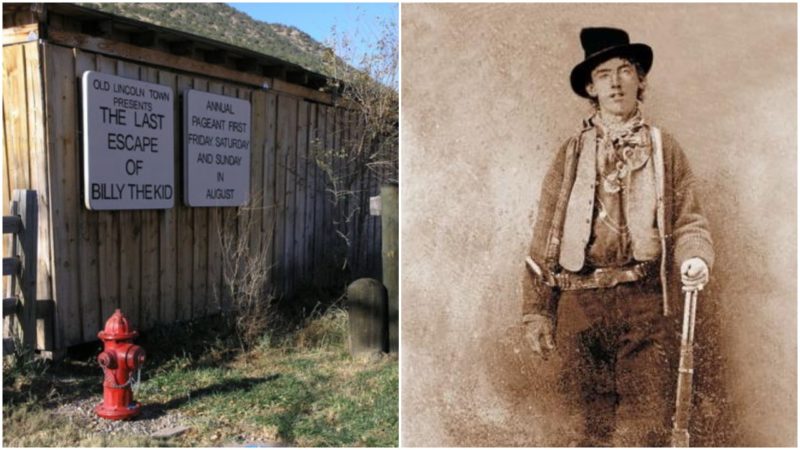Much of what one knows of America’s Wild West, its legends and truths, happened right here in Lincoln, New Mexico. It was here that Billy the Kid made a name for himself. The same goes for Pat Garrett and many of the other gunslingers, gunfighters, and politicians who used this town as a mold to cast their own future.
But before there even was Billy the Kid, or any other outlaw for that matter, these lands were inhabited by the Native Americans only. It was much later–around 1849–that the first white man set foot on these lands. These people were the Spanish pioneers who arrived here and formed a town by the name of Las Placitas del Rio Bonito or “the village by the pretty river.”
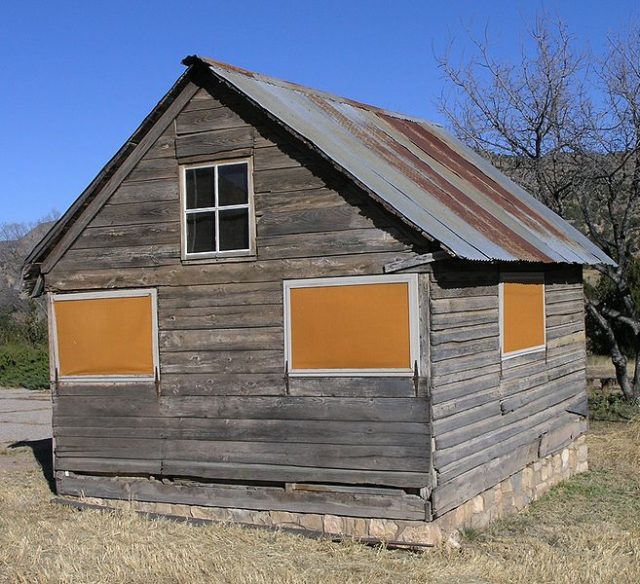
It was two decades later when Lincoln County was born and the town itself was renamed Lincoln. It wasn’t long before the town became densely populated, and besides the Spanish citizens, the town was filled with cowboys and cattle barons.
The most influential people of the day were two men named James Dolan and Lawrence Murphy. They owned a store the only in the County of Lincoln, as well as Murphy & Dolan Mercantile and Banking and several cattle ranches. Furthermore, the pair were associated with a number of Santa Fe’s politicians.
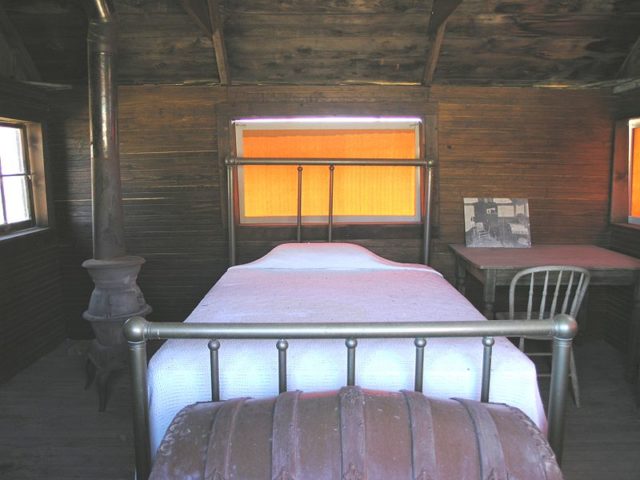
And in no time, Dolan and Murphy had a monopoly on almost all trade in the region. They controlled prices and pocketed a huge amount of money for themselves. The consortium of Dolan, Murphy, and their influential associates, including local law officials, were commonly called “The House.”
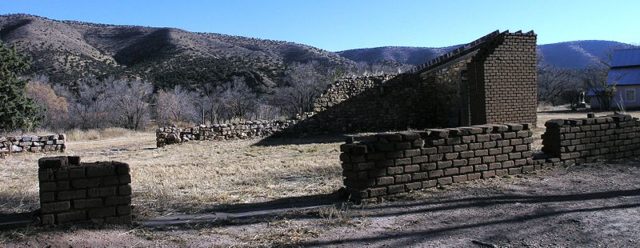
But then, in 1876, two other men, John Tunstall and Alexander McSween, opened a store and became competitors with the House. Competing with James Dolan and Lawrence Murphy was no joke and soon a war broke out, a clash known as the Lincoln County War.
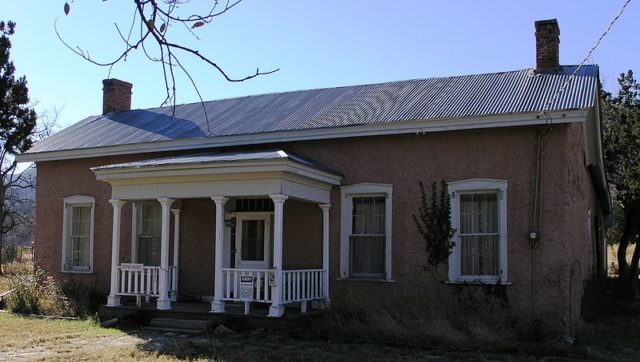
Even though it was dubbed a ‘war,’ the feud was more like a dispute that lasted for two years. But it was a bloody conflict that involved gunfights and even a murder–John Tunstall was killed on February 18, 1878. Alexander McSween and John Tunstall were known as the “Regulators” and had none other than Billy the Kid on their side. He worked for Tunstall.
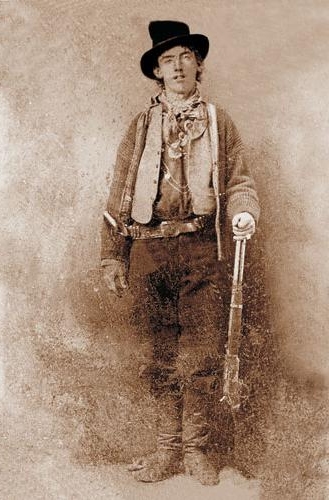
The war reached its peak in July 1878, when a gunfight lasted for five whole days, only coming to an end with the intervention of the U.S Army. The result was five dead for the Regulators and one for the House, although they had several of their people wounded.
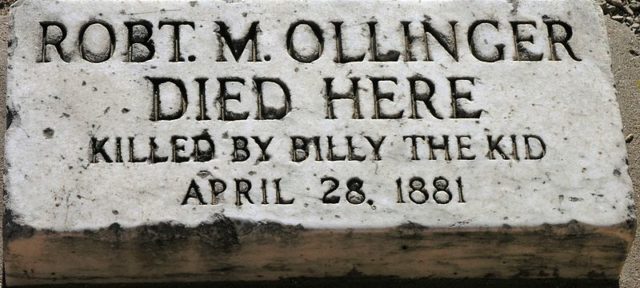
With no other choice, the Regulators left Lincoln, leaving the House with a victory. This very battle is what made Billy the Kid a fugitive and introduced him to the art of waging street wars that eventually would make him the most wanted man in America.
But eventually, Billy was caught and brought back to Lincoln. The hanging of Billy the Kid was scheduled on May 13, 1881. But once more Billy demonstrated that he was no kid, as his name would suggest. He killed his guards and managed to escape on April 28.
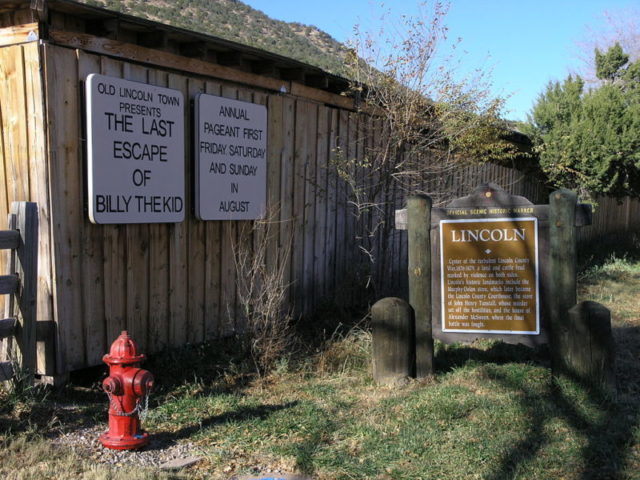
And during this turbulent period, the town of Lincoln numbered around 450 residents. At one point the population even grew to 800 people. The end for Lincoln came in 1909 when the railroad was relocated and, back in those days, access to a railway meant either life or death for a town. Slowly its population started to drop and fell to 75 residents.
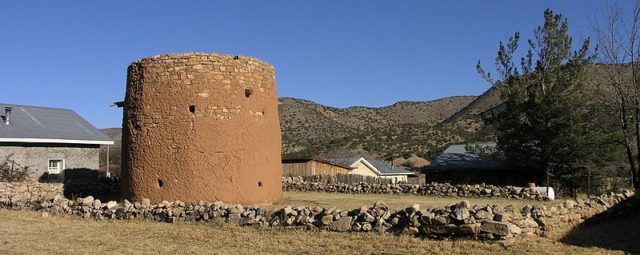
Today the historic town of Lincoln is known as the Lincoln State Monument and the stories of gunfights and bloody feuds attract tourists from all over the world. Many of the historic structures are preserved and are still standing, making this place even more lively even though it is marked as a ghost town.
